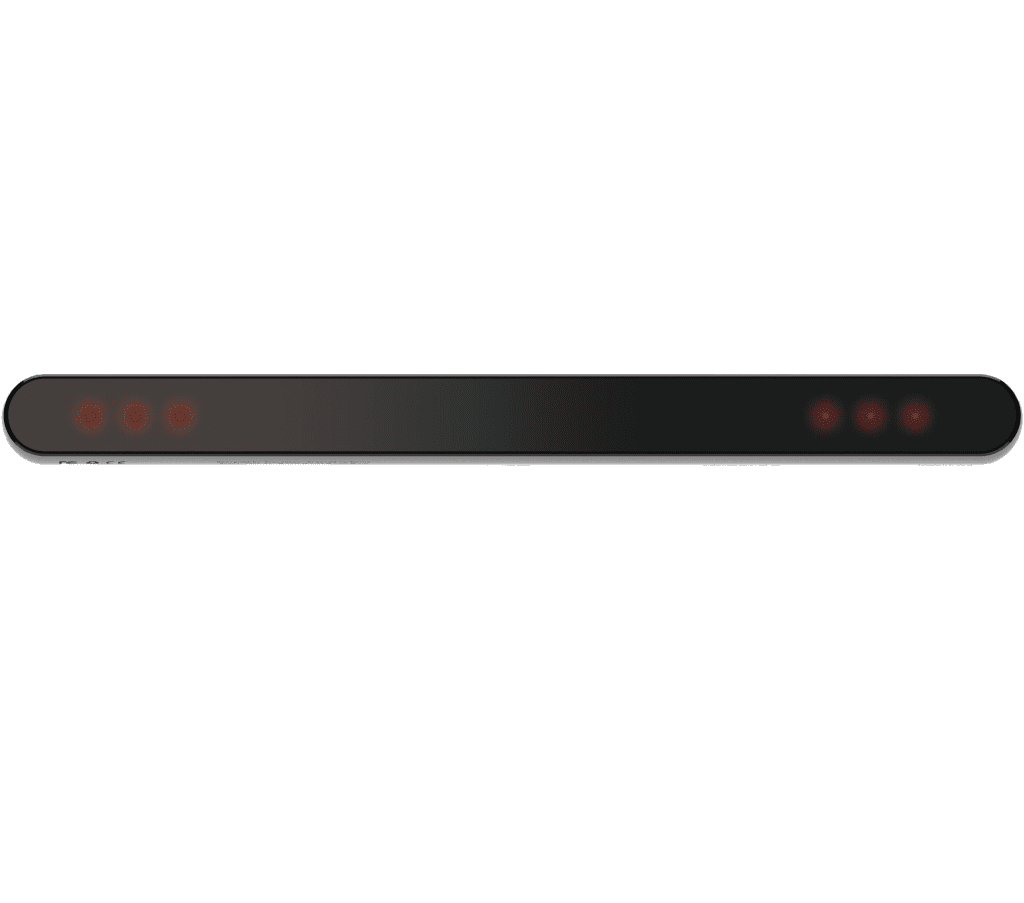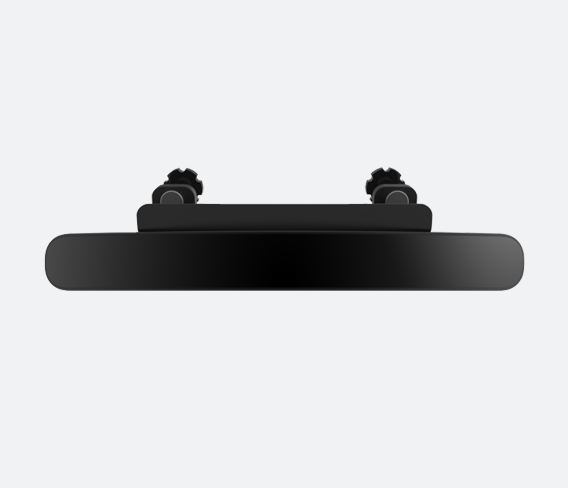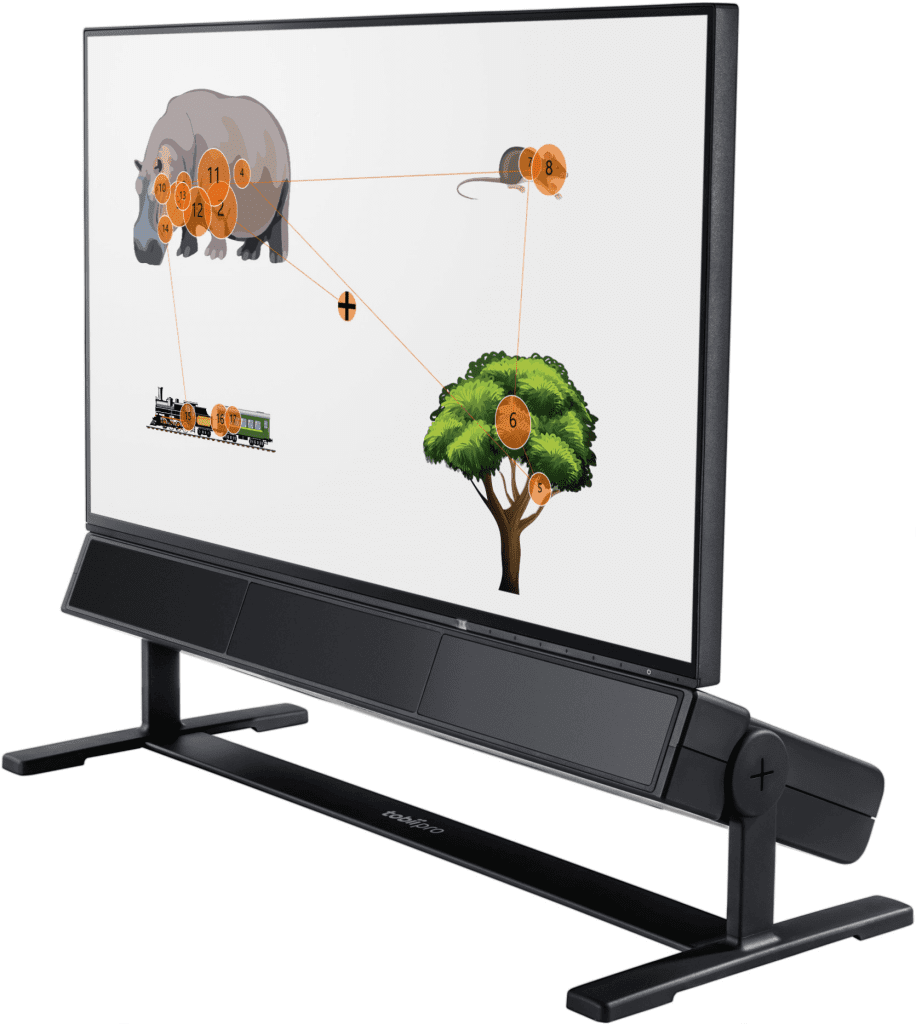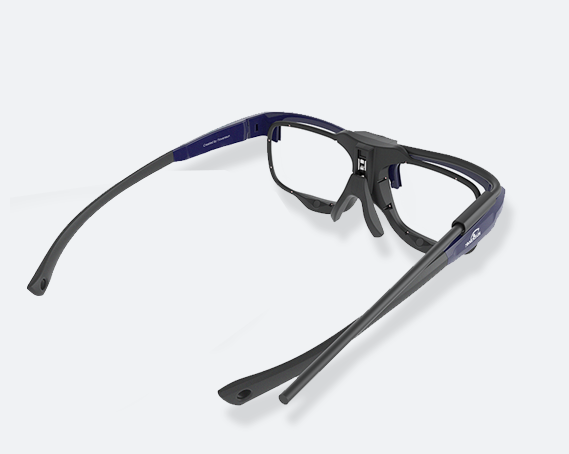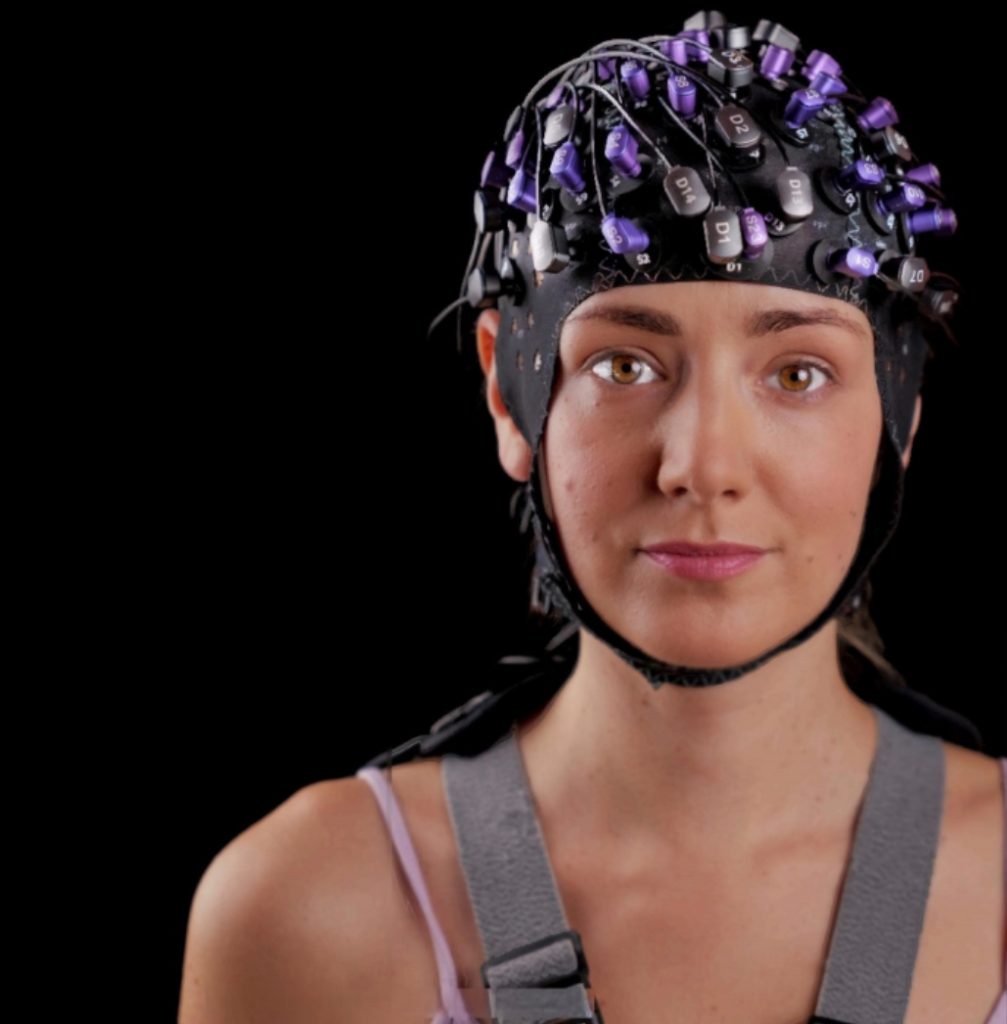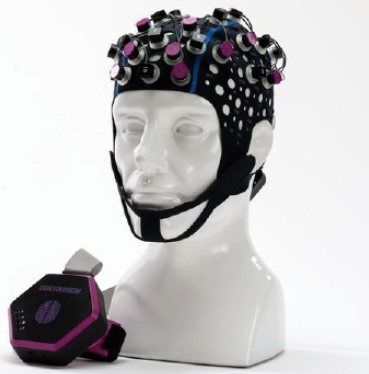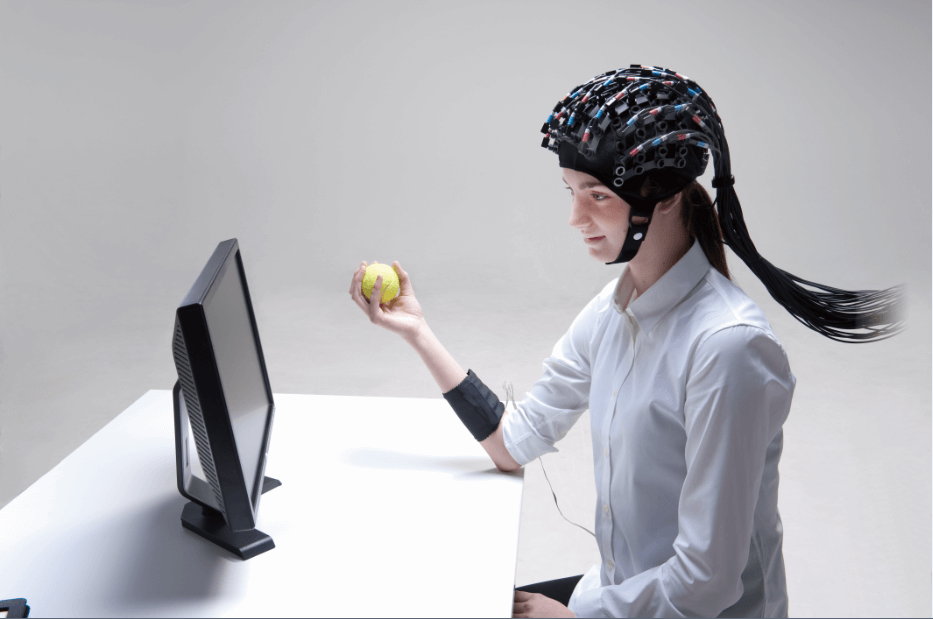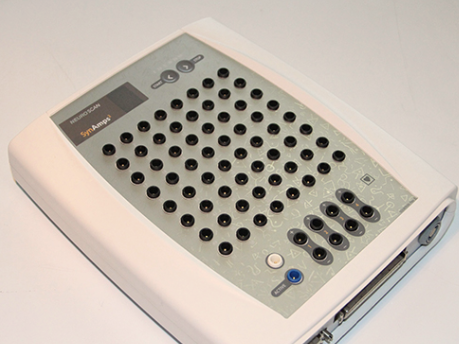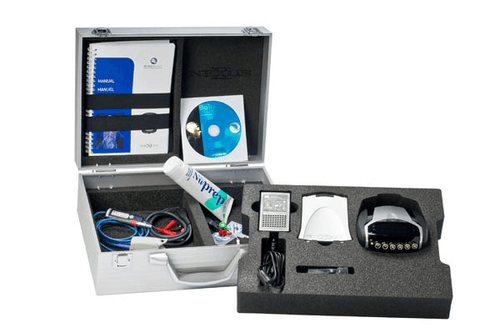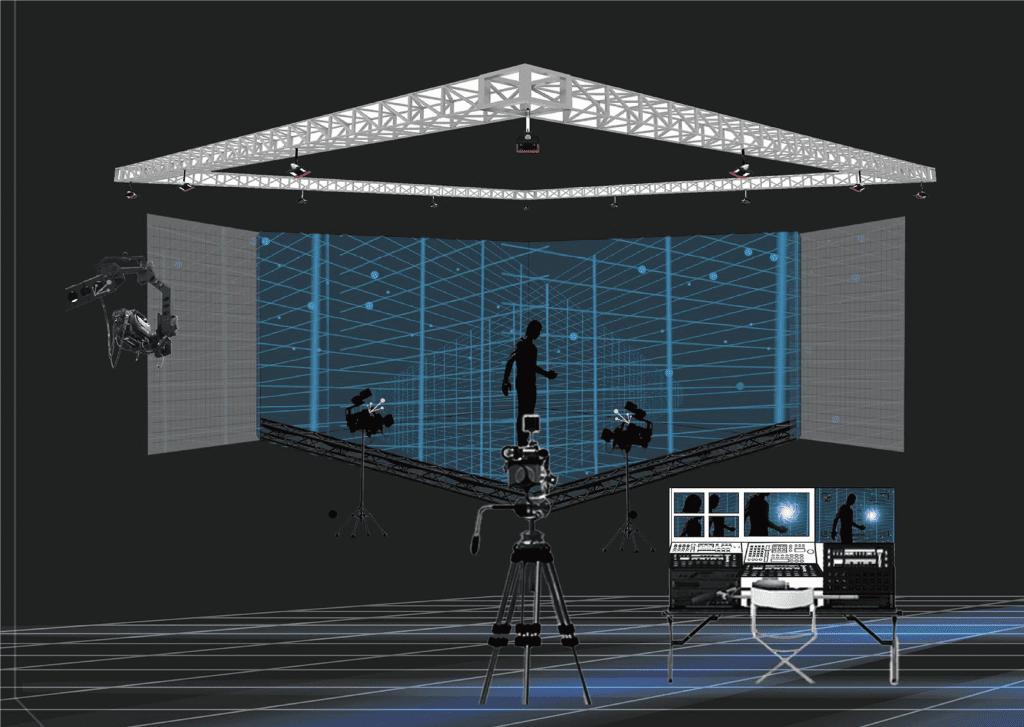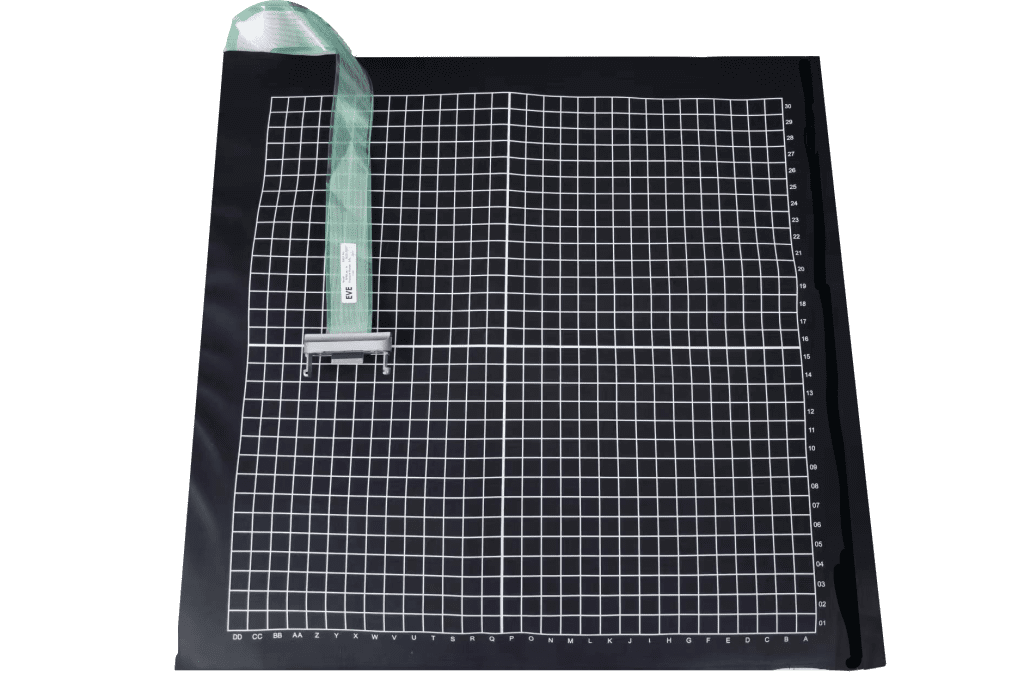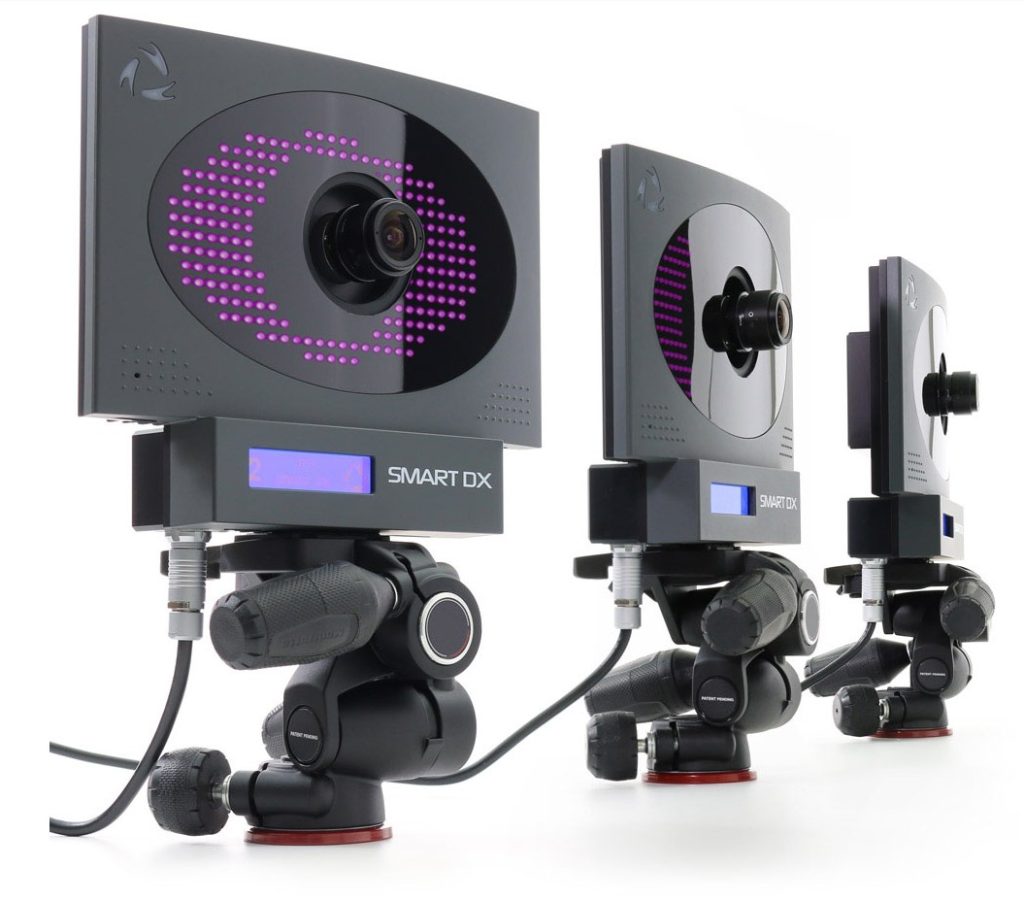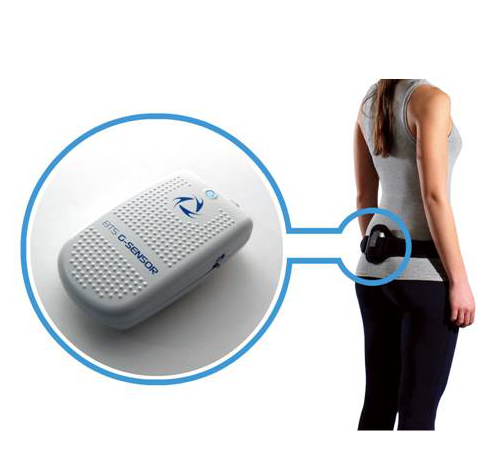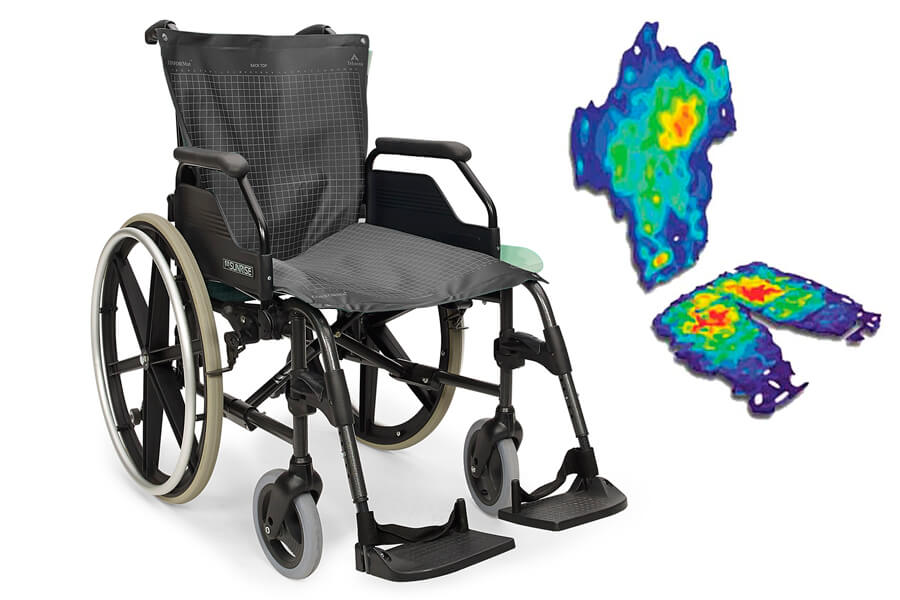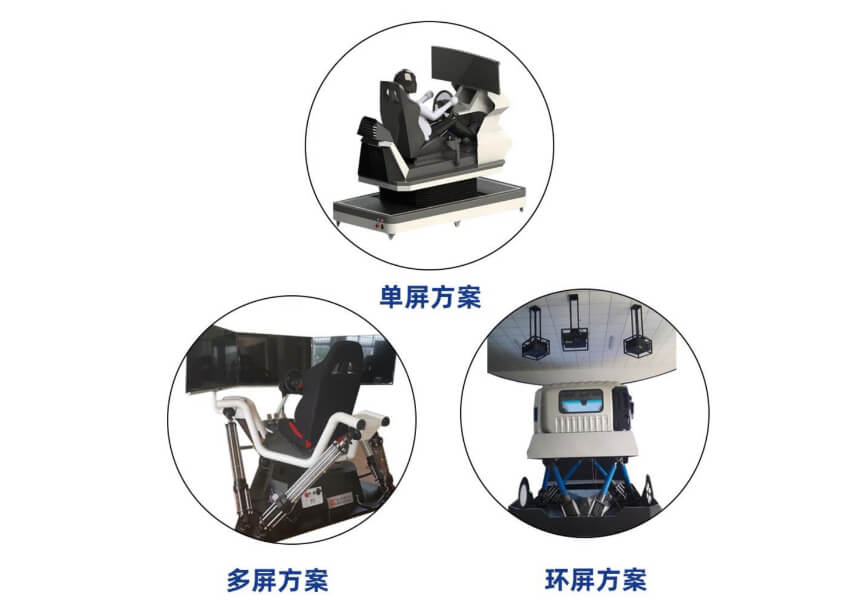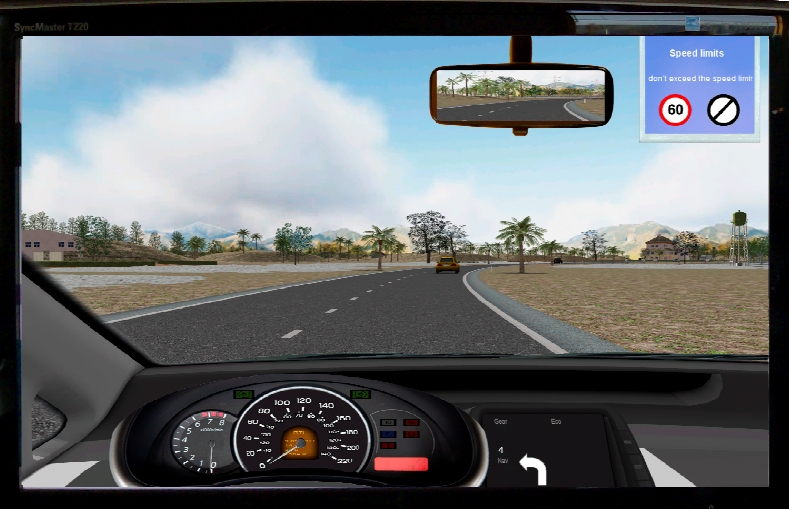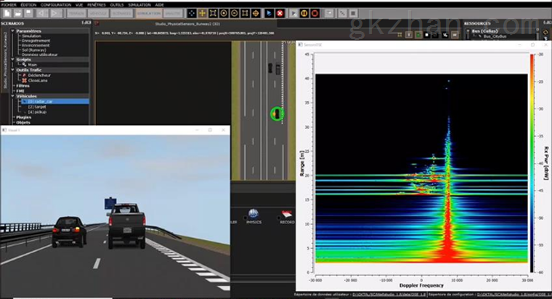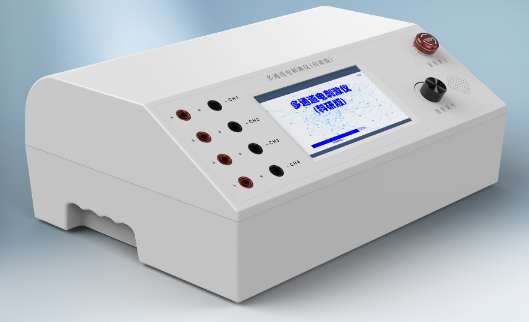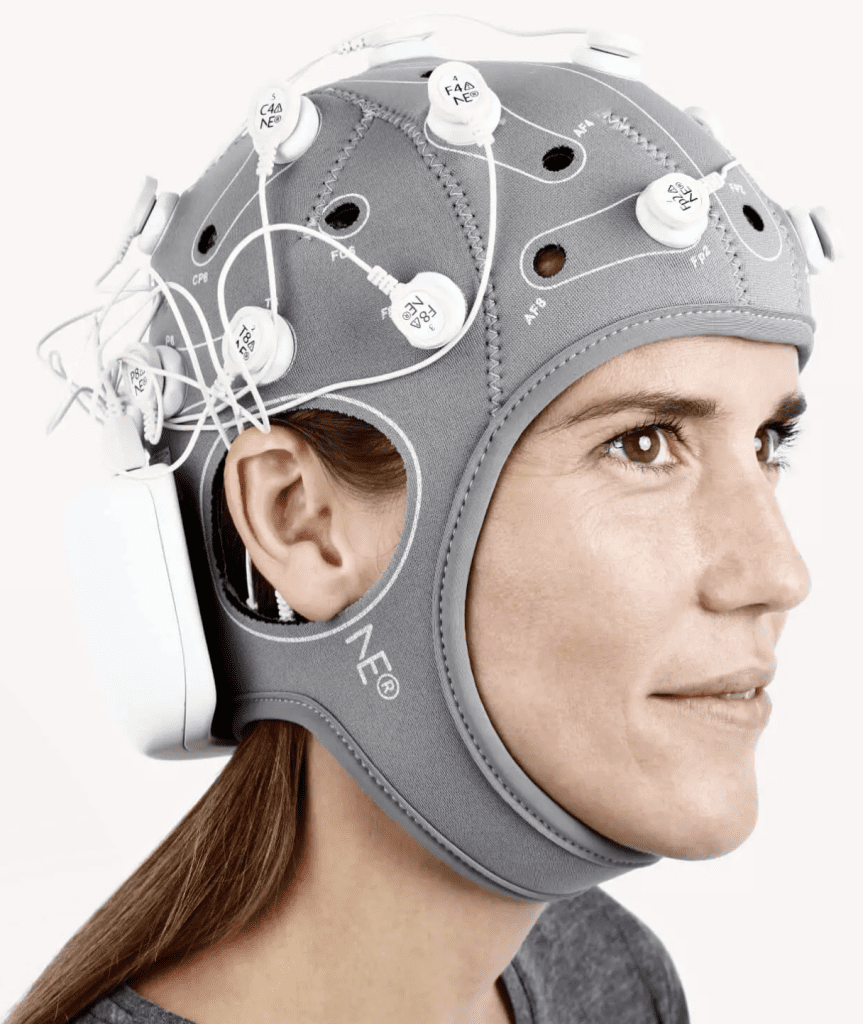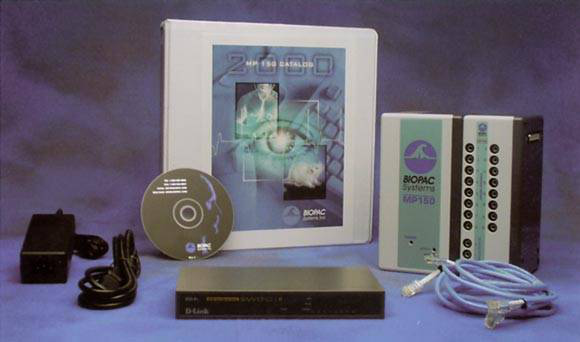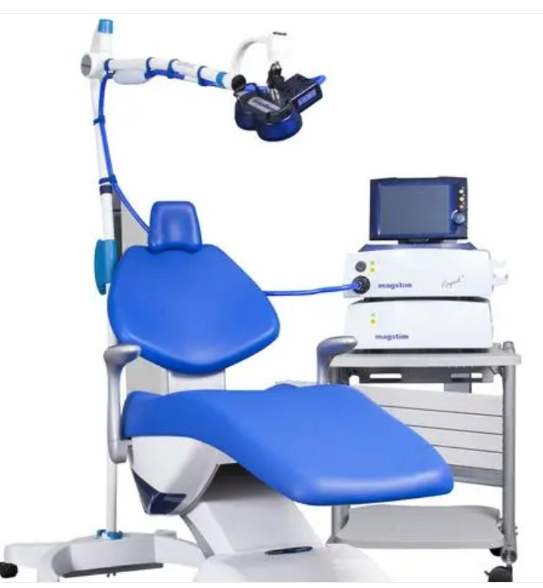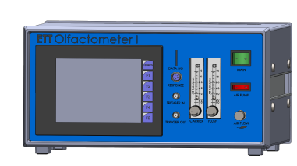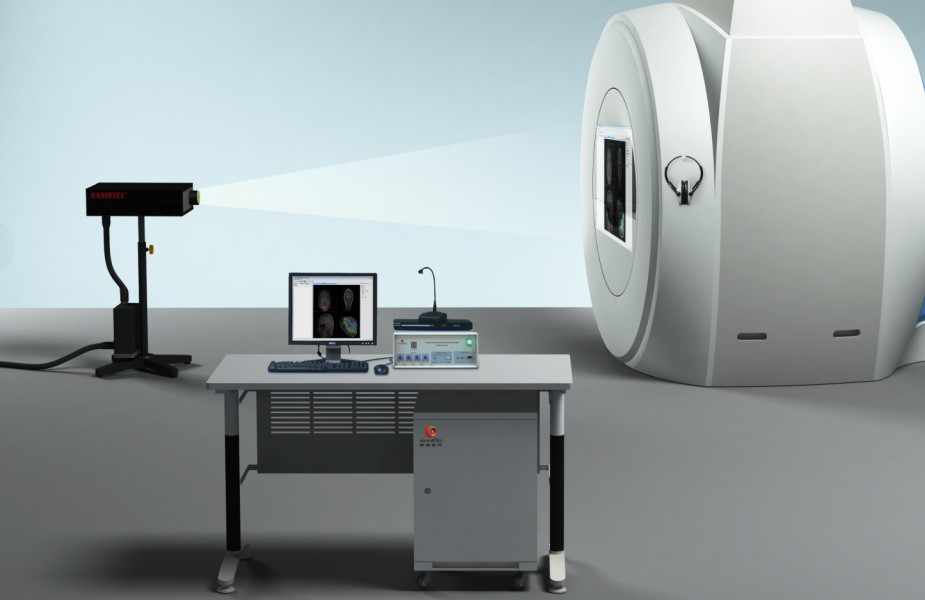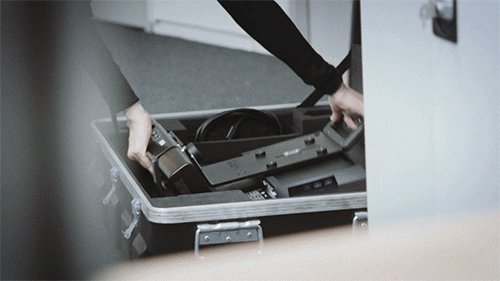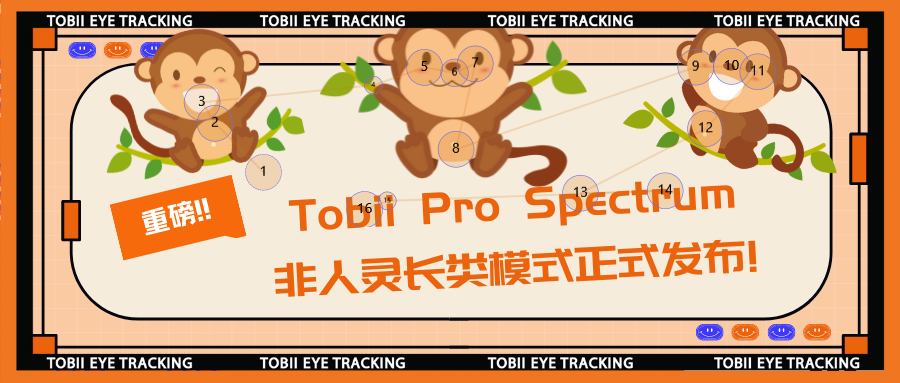Each week, "Tobii" will select for you the most recentVarious disciplineswithEye TrackingRelated important or interesting papers, togetherScroll down to read it~
Nonhuman Primate Research
Chimpanzees (Pan troglodytes) detect strange body parts: an eye-tracking study
Chimpanzees can detect abnormal physical features-an eye-tracking study


Author:Jie Gao; Ikuma Adachi; Masaki Tomonaga
Periodicals:Animal Cognition
Journal Impact Factor:2.93
Abstract:This study examines chimpanzee body representation by testing whether chimpanzees can detect the unfamiliarity of body parts. In the eye-tracking task, we tested six chimpanzees with edited photographs of their bodies, with the target body part being an arm or leg. For any of the targets, there were four conditions: a "normal" condition as a control, where all body parts were normal; and a "misaligned" condition, where one arm or leg was misaligned to an incorrect body position in each photo. The "partially replaced by chimpanzee" condition, in which the chimpanzee's limb was misplaced in each original image; and the "partially replaced by human" condition, in which one arm or leg was replaced by a human arm or leg in each image. Chimpanzees spent significantly more time looking at human arms or legs than they did at normal body parts. Also, chimpanzees spent more time observing the misaligned parts than the normal parts, but this difference was not significant. These results indicate that chimpanzees are more interested in strange body parts than typical body parts, suggesting that chimpanzees are able to detect abnormal body parts.
DOI:10.1007/s10071-021-01593-2
Keywords:Body representation; Body structure; Chimpanzees; Eye-tracking
Body representation; body structure; chimpanzee; eye tracking
Eye-tracking:Tobii TX300 (discontinued, upgraded Tobii Pro Spectrum)
Click on the image for an introduction to the Tobii Pro Spectrum 👇
Developmental Psychology
Effect of infant bilingualism on audiovisual integration in a McGurk task
The effect of infant bilingualism on audiovisual integration in the McGurk task
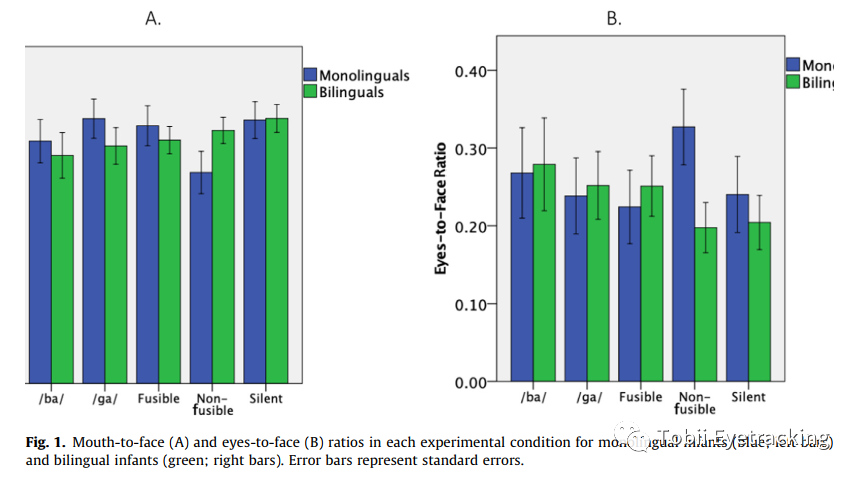

Author:Evelyne Mercure; Peter Bright; Isabel Quiroz; Roberto Filippi
Periodicals:Journal of Experimental Child Psychology
Journal Impact Factor:2.547
Abstract:Infants and toddlers who grow up in a multilingual environment tend to follow the early critical period of early language development. Their reduced exposure to each language while learning two languages is a remarkable achievement compared to monolingual infants. This increased variability in the language environment may lead bilingual infants to adjust the way they process visual and auditory language. The purpose of this study was to clarify the effects of bilingualism on the development of audiovisual language integration in infants and toddlers. Using eye-tracking and the McGurk paradigm, we examined the facial scanning patterns of 7- to 10-month-old infants while viewing audiovisual congruent and incongruent syllable articulations. We found that monolingual infants presenting with audiovisual incongruity decreased attention to the mouth and increased attention to the speaker's eyes, which typically leads to a McGurk effect in monolingual infants in adulthood. We observed no differences in face scanning patterns between audiovisual agreement and incongruent articulation in bilingual infants, suggesting that increased variability in their language experience may lead them to be more tolerant of audiovisual incongruence. These results suggest that the development of infants' audiovisual speech perception is influenced by the language environment.
DOI:10.1016/j.jecp.2021.105351
Keywords. Bilingual; Speech; Multisensory; Audiovisual; Language development; McGurk
Bilingualism; speech; multisensory; audiovisual; language development; McGurk
Eye-tracking:Tobii T120 (discontinued, upgraded Tobii Pro Spectrum)
Click on the image for an introduction to the Tobii Pro Spectrum 👇
Ergonomics
Including visual orienting functions into cerebral visual impairment screening: Reliability, variability, and ecological validity
Incorporating visual orientation function in screening for brain-derived visual impairment: reliability, variability, and ecological validity
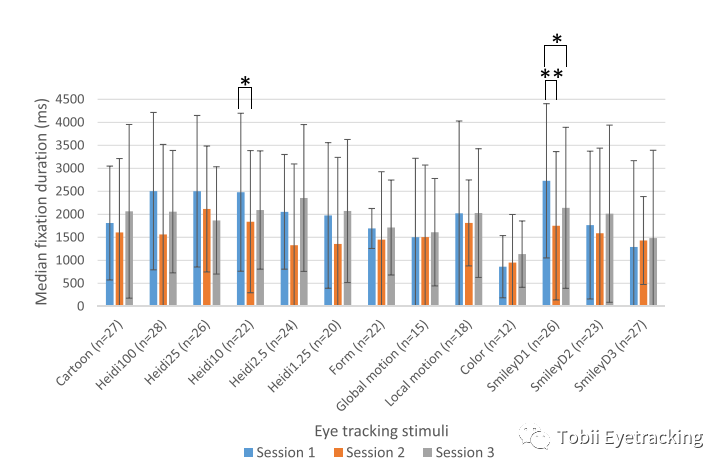

Author:N. Ben Itzhak; M.J.G. Kooiker; J.J.M. Pel; E. Ortibus
Periodicals:Research in Developmental Disabilities
Journal Impact Factor:3
Abstract:
Background
Cerebral-derived visual impairment (CVI) is a heterogeneous brain-based visual processing disorder that may impair basic visual orienting function (VOF) and higher-order perceptual functions.
Purpose
To assess (1) the retest reliability and variability of the eye-tracking-based VOF paradigm and the associated clinical characteristics, and (2) the relationship between VOF (variability) and daily visual function and visual perception dimensions.
Methods and procedures
Thirty-three children with CVI (14 males; mean age 9 years and 10 months) underwent three eye tracking sessions, completed visual perception tests, and had their parents complete the Foflanders CVI questionnaire to assess VOF reliability and response time (RTF), gaze duration, and accuracy by intra-group correlation coefficient (ICC), Bland-Altman plot, and coefficient of variation of variability. The study analyzed correlations using linear mixed models.
Results and Conclusions
Highly salient visual stimuli had good response-time (RTF) reliability (ICCs = 0.75) and resulted in less VOF variability. Moderate and low saliency stimuli had poor to moderate reliability and resulted in more VOF variability. Children who performed at younger ages were associated with more VOF variability. Greater visual interest (or lack thereof), confusion and distance visual impairment, and weaker visual perceptual features were more weakly correlated with RTF.
Summary and Insights
Highly salient stimuli reveal the child's "best" visual performance, while moderate and low saliency stimuli reveal VOF variability, a key feature for detecting CVI.
DOI:10.1016/j.ridd.2022.104391
Keywords:Cerebral visual impairment; Visual orienting functions; Remote eye tracking; Visual perception; Test-retest reliability
Brain-derived visual impairment; visual orientation function; telemetric eye tracking; visual perception; retest reliability
EyeActuator:Tobii Pro Fusion
Click on the image for an introduction to Tobii Pro Fusion 👇
Medicine
Adaptative damping assistance in bimanual laparoscopic surgery
Adjunctive role of adaptive damping in two-handed laparoscopic surgery


Author:Alexandra Nassar, Fabien Vérité, Félix Pechereau, Guillaume Morel & Marie-Aude Vitrani
Periodicals:International Journal of Computer Assisted Radiology and Surgery
Journal Impact Factor:3.421
Abstract:
Purpose
Laparoscopic surgery is less disruptive for the patient and has a faster postoperative recovery, but it can be difficult for the surgeon, for example, with kinematic limitations. In contrast, machine co operation, in which the machine and surgeon control the instruments together, can provide adaptive damping assistance, thus making the operation more stable. The purpose of this study was to determine how this co operation could be helpful for two-handed laparoscopic surgery.
Research Methodology
Eighteen untrained subjects participated in this study of adaptive damping, completing a "lift training" task. The surgical exercises were repeated seven times in a randomized order without a machine (classical repetitions) and seven times with a co-operative machine (machine repetitions). We measured task performance using "lift training" scores; hand movement performance using hand oscillation and distance traveled; and eye tracking as an indicator of presentation expertise. Participants' perceived workload was assessed by the NASA TLX questionnaire, and differences in impressions between the two conditions were assessed by the UEQ questionnaire.
Results
Adaptive damping improved hand movement performance (oscillations F(1,17) = 23.473, p < 0.001, η2 = 0.580), with significant simple effects on tool oscillations for both non-dominant (p < 0.001) and dominant (p = 0.005) hands, but did not affect task performance (mean Peg transfer score t(17) = 0. 920, p = 0.382, d = 0.29), yet attenuated expertise-related eye-tracking motion performance (mean gaze rate per second F(1,17) = 6.318, p = 0.022, η2 = 0.271) at the cost of high perceptual load (NASA TLX score 59.78/100).
Conclusion
In a laparoscopic two-handed manipulation task, adaptive damping aided by a cooperative machine improved gesture performance without affecting task performance and without expertise-related behaviors at the cost of perceived load. Further studies should investigate how cooperative manipulation can help professionals perform more precise clinical tasks.
DOI:10.1007/s11548-022-02796-9
Keywords:Adaptative damping; Bimanual task; Comanipulation; Laparoscopic surgery
Adaptive damping; two-handed task; collaborative operation; laparoscopic surgery
Eye-tracking:Tobii T120 (discontinued, upgraded Tobii Pro Spectrum)
Click on the image for an introduction to the Tobii Pro Spectrum 👇
👀
– Recommended Reading –



About Tobii
Tobii is the world leader in eye-tracking technology and an industry pioneer in attentional computing. Our vision is to create a world where technology and humans coexist in harmony. Follow Tobii Eyetracking to gain knowledge and cutting-edge information on eye tracking and attention computing.
Official website:www.tobii.cn
40 seconds to learn about Tobii Eyetracking








This article comes from the WeChat public number: EVERLOYAL



